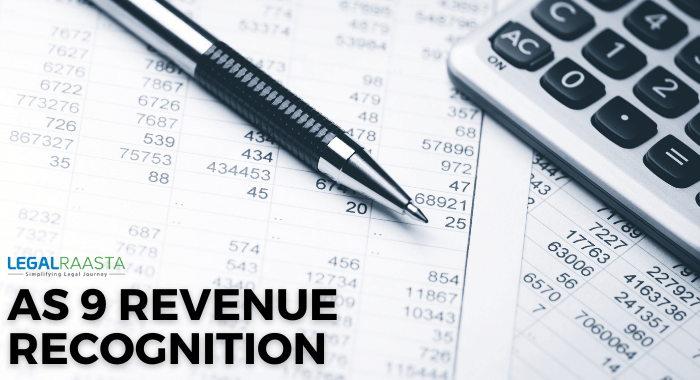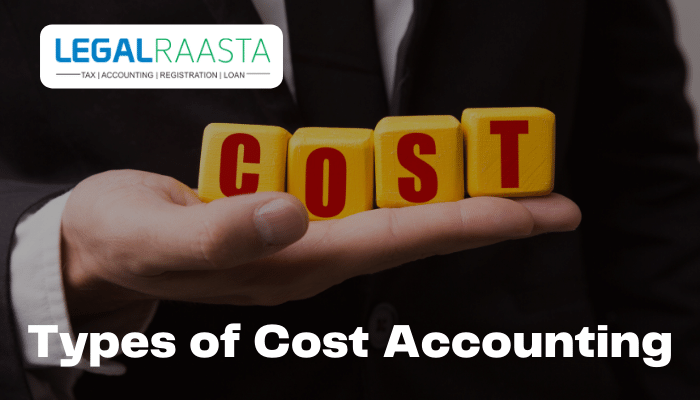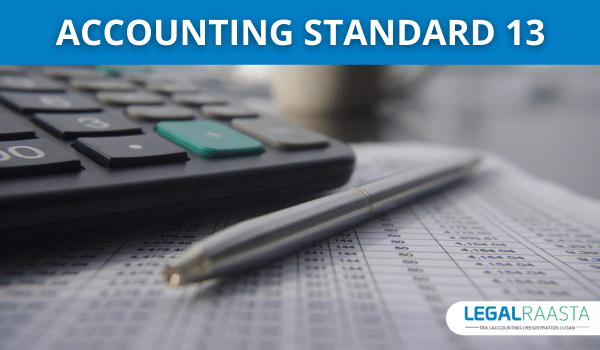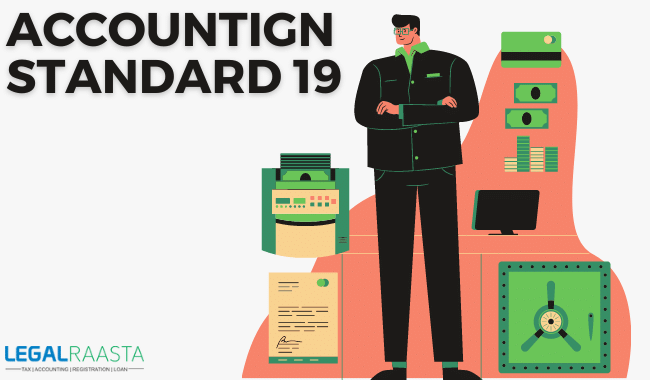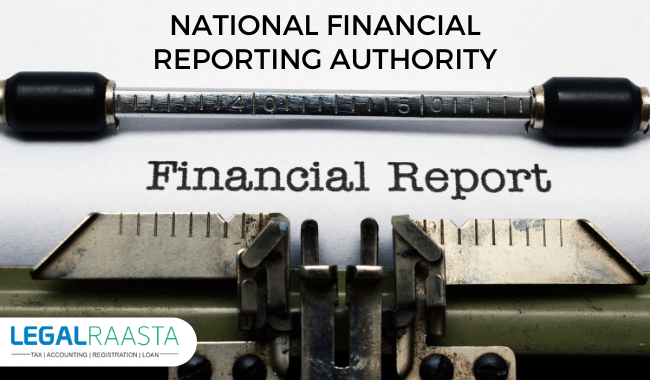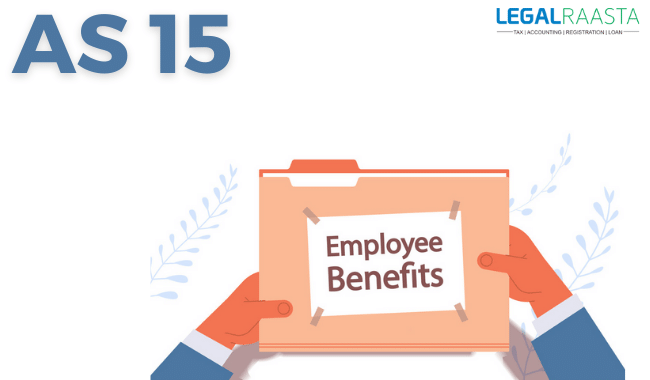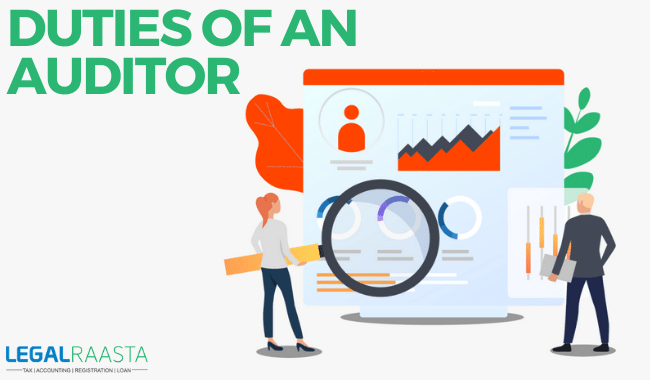AS 18 – Related Party Disclosures
This AS 18 defines disclosure criteria for:
- Related party relationships; and
- Transactions between a reporting entity and its related parties.
This Standard applies to the financial statements of each reporting enterprise as well as the consolidated financial statements of a holding company.
What is the meaning of a Related Party?
According to AS 18, a related party is defined as “one-party having the potential to:
- Control* the other party
- Exercise significant influence over the other party in making financial and/or operating decisions at any time throughout the year.” Control entails
- Control of the composition of the board of directors in the event of a corporation, whether direct or indirect ownership of more than 50% of the voting power of the corporation. Control of the makeup of the governing body in the event of any other organization
- Significant interest in voting power and the ability to dictate the enterprise’s financial and/or operating policies
Who is covered under Related party relationships?
- Holding companies, subsidiaries, and sister companies;
- The reporting company’s associates and joint ventures;
- Investors in reporting enterprises that are associates or joint ventures;
- Individuals with a direct or indirect interest in the reporting enterprise’s voting power, which provides them control or considerable influence over the company, and relatives of such individuals;
- His relatives and key managerial people; and
- Businesses in which anyone who is senior management personnel or has a direct or indirect interest in voting power can have a substantial impact.
Why do we need Related party disclosures?
- Statutory requirements: Often, the regulations governing a company require related party transactions to be disclosed in the financial statements.
- To indicate the fact that the transaction might not be at arm’s length: There is a widespread presumption that transactions shown in the financial statements are on an arm’s length basis without related party disclosures, i.e. the transaction happens between two unconnected parties and is unaffected by any relationship.
- Financial position and operating performance: Even if no related party transactions take place, a related party connection can have an impact on an enterprise’s operating results and financial situation. The sheer presence of the relationship may be enough to influence the reporting company’s dealings with third parties.
- Keeping track of all potential transactions: Transactions between related parties must be declared because, in some cases, transactions would not have occurred if the related party relationship had not existed.
What needs to be disclosed under AS 18
- The following information should be disclosed by the reporting company:
- The transacting connected party’s name;
- A description of the two parties’ relationship;
- A description of the transactions’ nature;
- Transaction volume expressed as a dollar amount or a percentage of the total;
- Any features of related party transactions that are required for the financial statements to be understood;
- At the balance sheet date, there was an outstanding amount from linked parties;
- At the balance sheet date, provisions for doubtful debts due from linked parties; and
- Debts payable from or to connected parties that have been written off or written back.
Cases when disclosure is not required
- Intra-group transactions
- Firms subject to statutory secrecy requirements
- State-controlled enterprises’ related party ties with other state-controlled enterprises
Examples of Related party transactions
The following are examples of related party transactions for which a reporting enterprise may make disclosures:
- Rendering or receiving services;
- Agency arrangements;
- Leasing or hire purchase arrangements;
- Transfer of research and development;
- license agreements;
- Finance (including loans and equity contributions in cash or in-kind);
- Guarantees and collaterals; and
- Management contracts, including deputation of employees.
Case studies on AS 18
Case Study 1: For ABC Ltd.
| Transactions | Amount (in Rs.) |
| Sales to XYZ Ltd., a subsidiary | 2,00,000 |
| Sales to PQR Ltd., a subsidiary | 3,00,000 |
| Purchase from DEF Ltd., a subsidiary | 6,00,000 |
| Purchase from LMN Ltd., a joint venture | 1,00,000 |
Solution: Disclosure required as per AS 18
| Transactions | Amount (in Rs.) |
| Sales to subsidiaries | 5,00,000 |
| Purchase from Subsidiaries | 6,00,000 |
| Purchase from joint venture companies | 1,00,000 |
Case Study 2: A Ltd has 75% of the voting power in B Ltd, while B Ltd owns 50% of the voting power in C Ltd. Furthermore, A Ltd owns a quarter of the voting stock of C Ltd. Would A Ltd be deemed to have control over C Ltd, or would it merely have substantial influence?
Solution: C Ltd is regarded to be under the control of A Ltd. According to AS 18, control is defined as having direct or indirect ownership of more than 50% of a company’s voting power. An Ltd has power over B Ltd because it is a dominant stakeholder.
Furthermore, A Ltd and B Ltd are the dominant shareholders of C Ltd (50 percent + 25 percent). It is under the control of A Ltd in an indirect manner. As a result, apart from its individual shareholding in C Ltd, A Ltd has the potential to control C Ltd indirectly through its share ownership in B Ltd.
Comparison between AS 18 and Ind AS 24
| Particulars | AS 18 | Ind AS 24 |
| Relationship between related parties is defined as | The term “relatives of an individual” are used. | It utilizes the phrase “a close family member of that person.” |
| State-owned businesses are defined as: | It is a business that is controlled by the federal government and/or a state government (s) | Government Enterprises are covered in-depth, as it defines a government-related entity as one that is controlled, jointly controlled, or significantly influenced by the government. |
| Key Management Personnel Coverage in Related Party Relationships | The existing AS 18 exclusively covers the entity’s key management personnel. | Ind AS 24 also protects the parent’s senior management personnel. |
| As related parties, entities that are post-employment benefit plans are covered. | As related parties, AS 18 does not specifically cover businesses that are post-employment benefit plans. | Post-employment benefit plans for the benefit of workers of an entity or a related entity as related parties are particularly covered by Ind AS 24. |
| Government-affiliated entities disclosing information | Currently, AS 18 exempts such material from dissemination. | Ind AS 24 mandates government-affiliated entities to disclose certain information. |
| The volume of Transactions Transparency | Existing AS 18 allows the “Volume of the transactions, either as a quantity or as an appropriate proportion” to be disclosed. | According to Ind AS 24, “the amount of the transactions” must be stated. |
Related Blogs:
Ind AS 115 : Revenue From Contracts With Customers
AS 2 – Valuation of Inventories: Definition, Method, and Benefits


